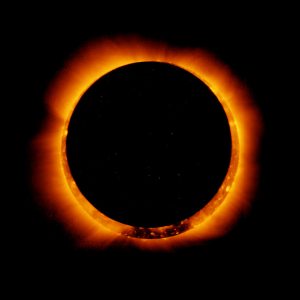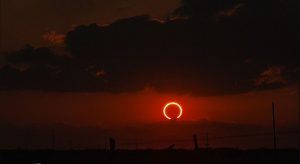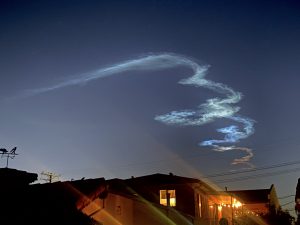The James Webb Space Telescope is set to be
launched into the Universe on Saturday, December 25 on a European Ariane-5
rocket from French Guiana. It is the biggest space telescope ever
conceived. The take-off from the
equatorial Kourou spaceport is scheduled for 09:20 local time (12:20 GMT).
Also Read: All you need to know about James Webb Space Telescope
The $10 billion project has taken 30 years
to develop and is regarded as one of the biggest scientific endeavours of the
21st century. Webb’s objective will be to capture the image of the very first
stars and galaxies to shine in the Universe.
After being successfully launched into the
Universe, it will also have the power to probe the atmospheres of distant
planets to look for gases that might hint at the presence of life.
Also Read: Ground control to Major Tom: James Webb Space Telescope is en route
To reach the space, Webb must first survive
a 27-minute ascent after a controlled explosion. The telescope then has to
unfold itself in a series of complex deployments, all of which must be
completed flawlessly or the observatory as a whole won’t work.
“Webb is an extraordinary
mission,” said NASA administrator Bill Nelson.
Also Read: Space missions of 2021 that could revolutionize space exploration, cosmology
“It’s a shining example of what we can
accomplish when we dream big. We’ve always known that this project would be a
risky endeavour. But, of course, when you want a big reward, you have to
usually take a big risk.”
The James Webb telescope is named after one
of the architects of the Apollo Moon programme, and the space agencies of the
US, Europe and Canada, who are all partners on the project, regard it as a
science flagship of no less importance.
Also Read: Hubble telescope’s bigger, more powerful successor to soar
The Webb telescope’s objective is to build
on the discoveries of the Hubble Space Telescope, which, after 31 years in
orbit, is nearing the end of operations. Webb will look deeper into the cosmos
and, as a consequence, much further back in time.






